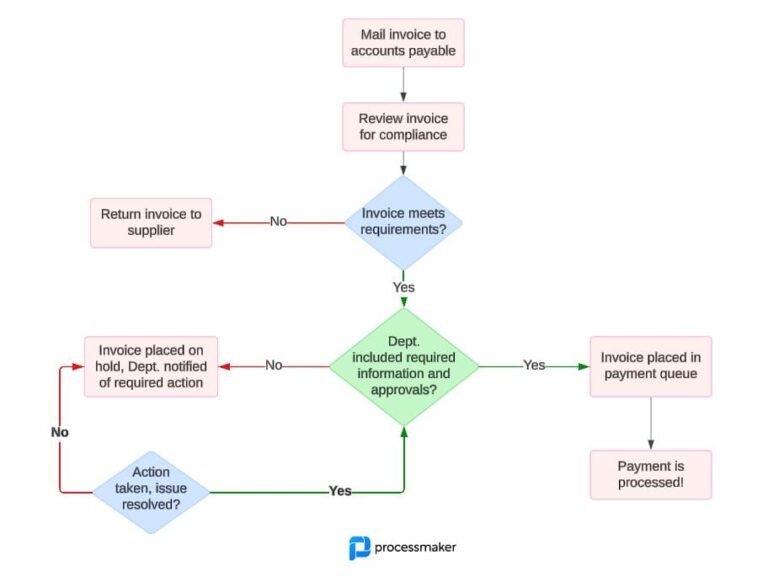You heard about it in the business world nowadays: workflows. And now, here comes the coined term “workflow automation.” While some companies see workflow automation as a Godsend, others are hesitant to make the move towards automating.
Though, to make things more complicated are the common misconceptions of workflow automation. Will it kill jobs? Will it cut costs? Is it vulnerable to security risks? The list goes on.
In this article, we’ll uncover the 7 common myths on workflow automation, and present you with the truths behind them.
Workflow Automation Will Replace People Workers
“The most common myth about automation is that it will take people’s jobs away,” says Zoe Ronan, a business writer at Australia2Write and Write My X. “However, automation is actually meant to take care of repetitive tasks, while human workers can work on more time-consuming and complex tasks. In that case, human jobs aren’t going anywhere at this time.”
Workflow Automation Will FULLY Automate Tasks
While workflow automations may be about automation, they most likely won’t automate 100% of your tasks. As mentioned, human workers are still there to work on the more complex tasks – ones that can’t be done by a computer. In other words, tasks that take days or weeks won’t be subject to full automation.
Workflow Automation Is Costly
While workflow automation may require some form of investment, that doesn’t necessarily mean that it’s costly. In other words, if your company is just starting out at implementing automation to your workflows, then starting small won’t cost much. Simply automating a few tasks can go off without a dent in your budget. The more familiar you are with the technology, the more successful automation will be for you and your company.
It’s Too Technical And Complex
Since workflow automation is technology-based, that doesn’t mean that it’s fully drenched in high-tech and complexity. Whether you’re tech-savvy or not, it doesn’t take much to start automating your workflows. Plus, it doesn’t matter what type of device that you use for workflows (i.e. smartphone, computer, etc.); you’ll still get to enjoy having them automated, as you and the company tend to other tasks. Although there are some sophisticated products on the market, just as many of them are easy to use.
Best of all, there are many automation software providers that can help you implement workflow automation with ease – from setting up the rules to speeding up the process. Many of said providers also come as mobile apps that you can download for iOS and Android.
Workflow Automation Is Flawless
At first glance, automation may seem perfect. Wrong.
Workflow automation still takes accurate and regular testing to ensure that it continues to work correctly. Without testing it every so often, then you’re risking automating tasks with outdated rules and settings, thus giving you inaccurate results and data. Plus, automation bots should be monitored to a certain extent to ensure that they don’t run into future problems.
It’s All About Cutting Costs
“While cutting costs is one of the major reasons why companies choose automation, it’s not the sole reason to automate workflows,” says Eleanor Barber, a marketer at Britstudent and Originwritings. “Other reasons for automation include workflow optimization: speeding up how certain tasks and processes run, and making sure that analysts get the best results to help companies improve production, distribution, marketing, and so on.”
Workflow Automation Is Vulnerable To Security Risks Like Hacking
Finally, there’s a definite certain about cyber-attacks and other security risks. Many people believe that workflow automations may be vulnerable to things like:
- Sudden loss of data
- Illegal hacks
- Leaked information
As a result, many businesses are hesitant to trust their data being kept in online storage (i.e. the Cloud). In the meantime, they would resort to storing their data in traditional systems.
The good news is, experts are finding new ways to improve online data security, since a traditional invoice processing system can still be vulnerable to data wipes, hacks, etc. due to data theft, natural disasters, etc. Plus, workflow automation can be protected by passwords and encryption protocols to provide you with several layers of security.
Conclusion
So, now that you know that workflow automation is here to stay, and can help you better run your business, it’s a safe bet that such automation can be trusted and utilized. By taking into account the 7 myths discussed in this article, and learning the truth about each, you’ll be able to run your business more effectively.
Michael Dehoyos is a writer and editor at PhD Kingdom and Academic Brits. He is also a contributing writer for Next Coursework. As a content marketer, he helps companies improve their marketing strategies and concepts.





